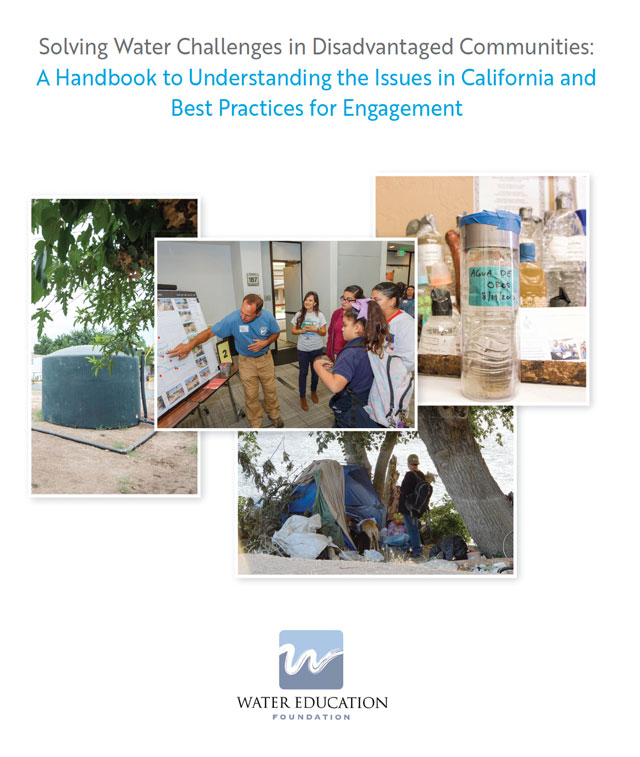Assessing Homelessness Impacts on Water Quality, Riparian and Aquatic Habitat in Upper Santa Ana River Watershed
SAWPA commissioned a study from GEI Consultants, Inc. and CWE to (a) assess the current nature and extent of homeless encampments within waterbodies in the upper Santa Ana River watershed; and (b) provide the best available information about the relationships between the presence of homeless encampments and impacts to water quality and riparian and aquatic habitats. The findings from this project are expected to support SAWPA’s watershed planning activities in the Santa Ana River region.
The potential for homeless encampments to impact water quality and habitat can be documented, at least anecdotally. Homeless encampments have the potential to impact water quality in a number of ways, including elevated bacterial indicator concentrations from human waste and buildup of trash, which may contain pollutants. Homeless encampments also may impact the integrity of riparian and aquatic habitats and aquatic and terrestrial species that rely on those habitats, such as the Santa Ana Sucker and the Least Bell’s Vireo. However, for other constituents, e.g., bacteria or toxic chemicals, actual data that directly links homeless encampment activity to lower water quality, appear to be limited or unavailable.
Given this background, SAWPA and its member agencies directed the implementation of a study to evaluate homeless encampments in the upper Santa Ana River watershed through a two-step process. The first step was to assess existing information on the potential impacts of existing homeless encampments areas on water quality and local habitat. The findings from this assessment are provided in “Task 1 Memorandum: Assessment of Homeless Encampments / Literature Review Findings”.
Based on the findings from Task 1, a Preliminary Monitoring Program was developed for potential implementation by SAWPA in “Task 2 Memorandum: Upper Santa Ana River Watershed Homelessness Preliminary Monitoring Program”. The purpose of the monitoring program is to gather data from encampment areas within the upper Santa Ana River watershed where to evaluate potential impacts to water quality and local habitat.


